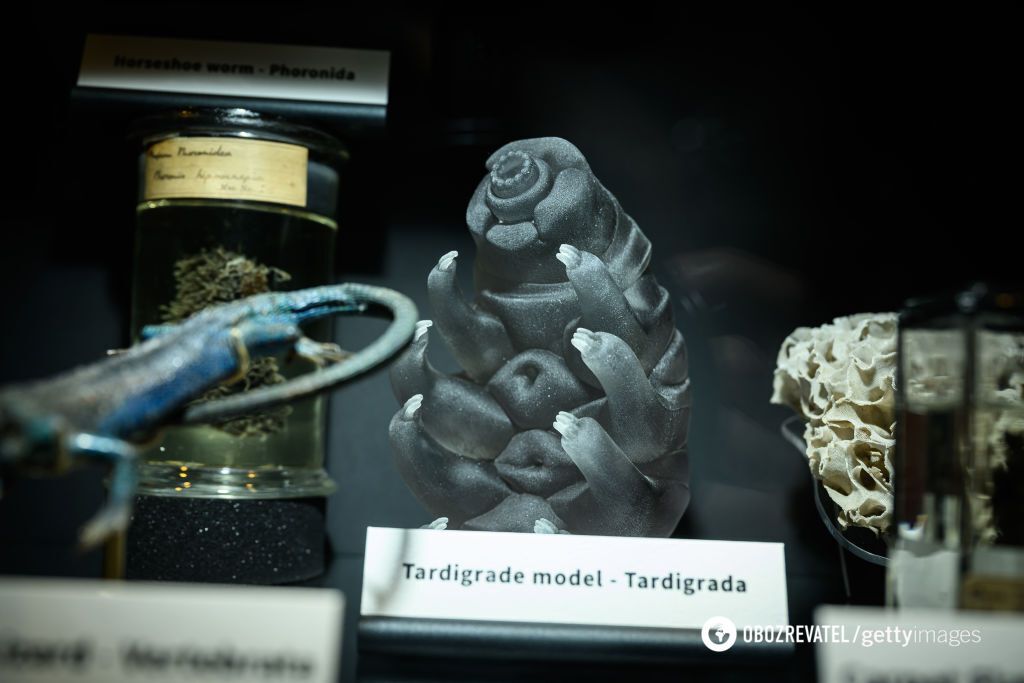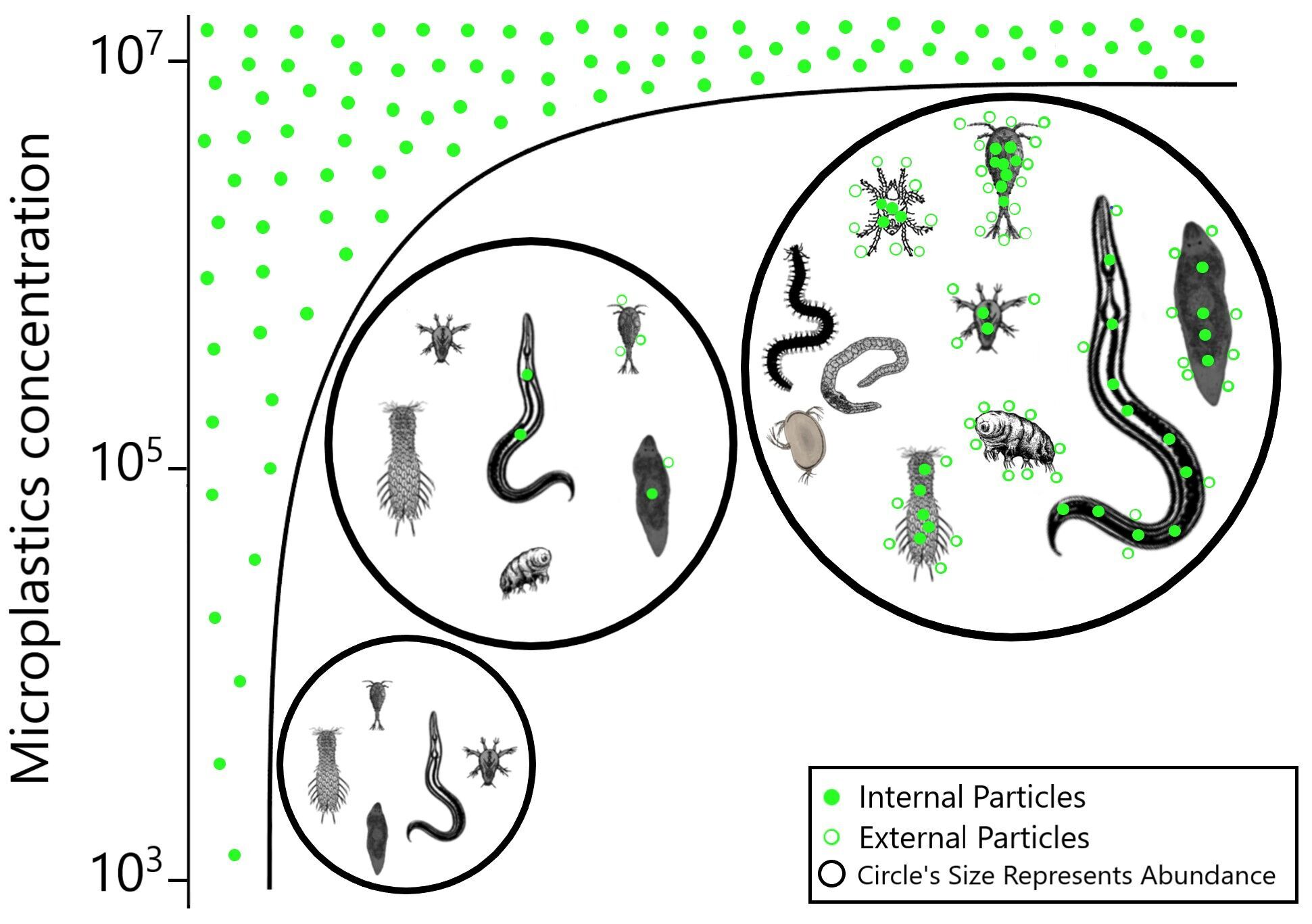News
Zoologists discover animal species that does not eat microplastics, and this is not its only superpower
Scientists from Brazil collected samples of invertebrates living in the intertidal environment. The analysis showed that all of the 5,629 individual organisms had ingested microplastics floating in the oceans, with the exception of tardigrades.
The quiescent fish is already a celebrity in a world of microplastics. After all, this tiny organism has become famous for its ability to return to life after traveling into space, having been frozen or cooked, suffocated, and even bombarded with radiation, ScienceAlert writes.
According to scientists, the ocean is an inevitable place for human waste to decompose microplastics. Just like natural sediment, these tiny synthetic pellets also end up in the bellies of marine life.
A team of researchers led by zoologist Flávia de França from the Federal University of Pernambuco collected samples of microfauna - invertebrates ranging in size from 45 micrometers to 1 millimeter - from shallow sandy beach sediments on Brazil's northeast coast at low tide.
In these samples, the scientists found 5,629 individual organisms, including nematodes, segmented worms, flatworms, bristleworms, seed shrimp, mites, crustaceans, various larvae, and, of course, the tardigrade.
According to the scientists, these animals were kept in special tanks with 100 grams of sediment containing various particles of plastic. According to the results of the tests, all of the tiny creatures ingested the microplastics, with the exception of the tardigrades, which seemed to have an unusual ability to dodge these questionable particles.
"The absence of microplastic ingestion by Tardigrada likely links to the structure of their feeding apparatus, which includes a mouth tube with a stylet used to pierce and suck rather than ingest prey organisms whole," the study authors noted.
Scientists note that there is a wide variety of tardigrades, many of which have different body parts, so not all can be protected from decomposed garbage.
Only verified information is available on our Telegram channel OBOZ.UA and Viber. Do not fall for fakes!





























